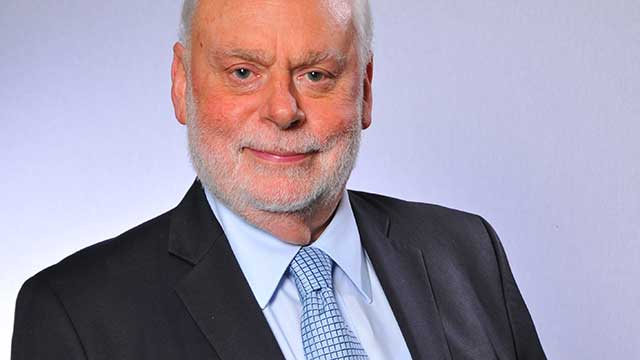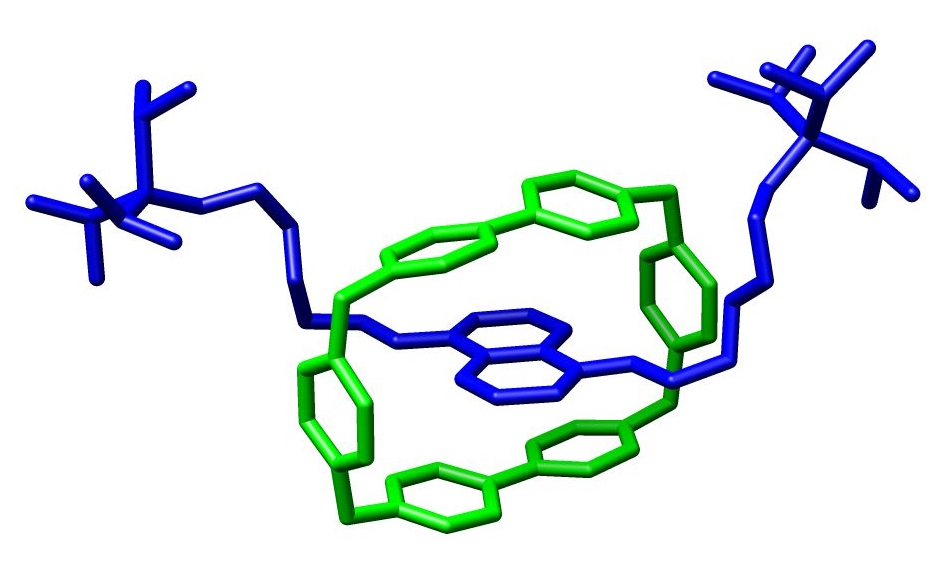2016 Nobel Prize In Chemistry: Molecular Machines
The 2016 Nobel Prize in Chemistry was just announced this morning, and one of the three winners is Sir Fraser Stoddart, chemistry professor at Northwestern University in Evanston. He is being recognized for his work on the design of molecular machines.
Niala Boodhoo, host of The 21st, spoke with producer Christine Herman about the achievements of the 2016 Nobel Laureates in chemistry.
Niala: What are molecular machines?
Christine: Think about any kind of machine - a coffee maker, a car. It’s got moveable parts and it functions by converting energy into motion. Now shrink that down really small - to the molecular level - and you’ve got a molecular machine.

Sir Fraser Stoddart, Board of Trustees Professor of Chemistry in the Weinberg College of Arts and Sciences at Northwestern University, was awarded the 2016 Nobel Prize in Chemistry on October 5.
Niala: How small are we talking?
Christine: These machines are 1000 times smaller than the diameter of a human hair. So at the press conference early this morning, one of the Nobel Prize committee members did a big “unveil” of these machines, she lifted a black cylinder that was on the table, said “Ta da!” and of course, there was nothing there - these are nano-sized machines we’re talking about.
Niala: What was Northwestern University Professor Sir Fraser Stoddart’s contribution?
Christine: In the 1990s, Sir Fraser Stoddart designed a molecular shuttle - it’s made of two molecules - one that’s linear like an axel, and another that is ring shaped. They designed these two molecules in such a way that when they mixed them, the axel would thread the ring and create what looks like a dumbell-shaped molecule -- it has two stoppers, one on each side of the axel - and that allows the ring to move from one position to the next along the axel - without sliding off. A few years later, in 1994, his team showed that they can use electrical currents to control the movement of that ring.

Crystal structure of a rotaxane reported by Stoddart and coworkers in the Eur. J. Org. Chem. 1998, 2565–2571.
Niala: And what kinds of applications has this kind of molecular shuttle been used for since then?
Christine: Sir Fraser Stoddart and many other chemists around the world have used these - and other - molecular structures as the building blocks for more complex and functional structures. For example, Stoddart’s lab developed a molecular elevator with a plane that moves up and down - and this is a movement they can control by changing the pH - how acidic or basic the surrounding environment is. One of the other Nobel Prize winners, Bernard Feringa in the Netherlands, has created a structure in which one of the rings can rotate up to 12,000 revolutions per second - so you can imagine this could lay the foundation for something like a molecular car. And as far as what these kinds of machines can do on a practical level - down the road, researchers hope to be able to use them to do things like carry a cancer drug to a tumor site in someone’s body but not release the drug until it reaches the destination. They could do that, in theory, if the molecular machine has a light-activated switch that ensures the drug gets administered only where it’s needed.
More information about the 2016 Nobel Prize in Chemistry can be found here.
